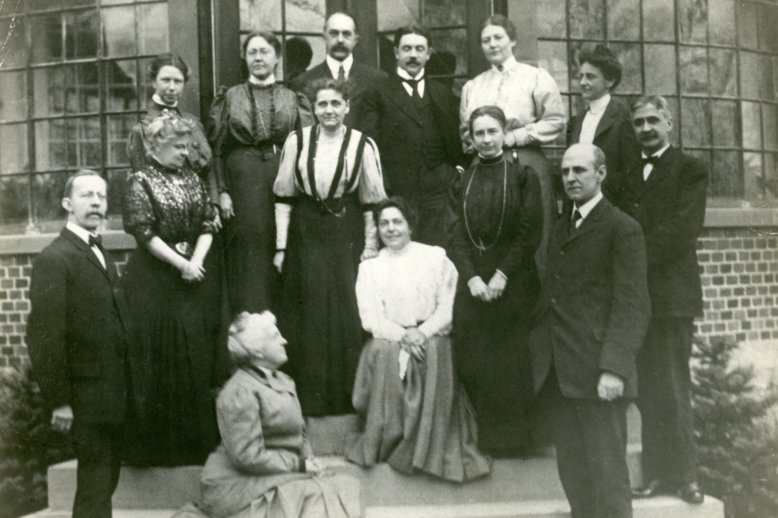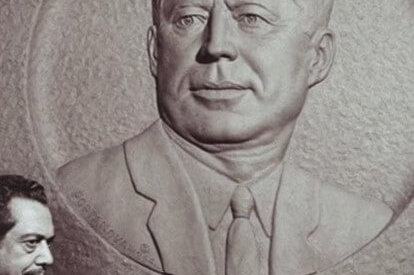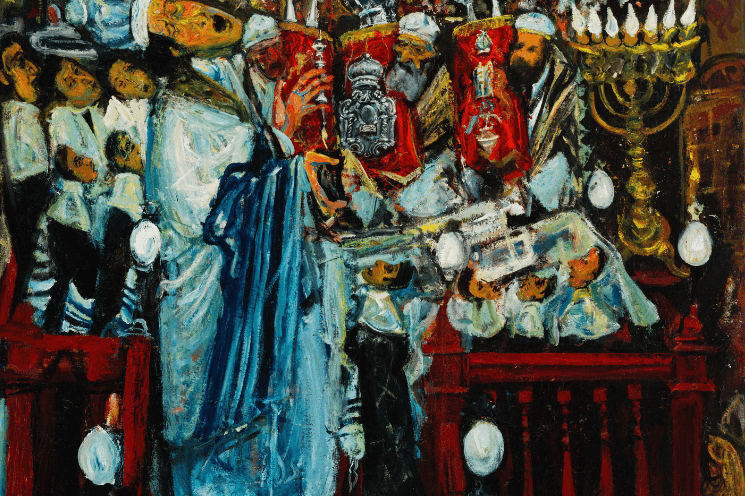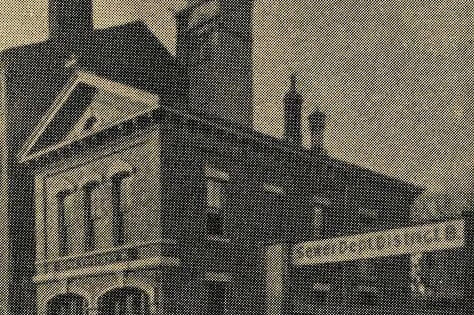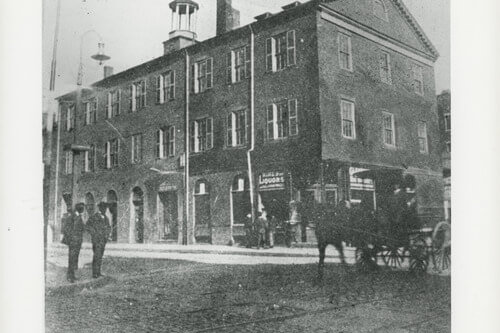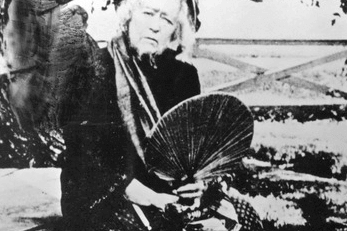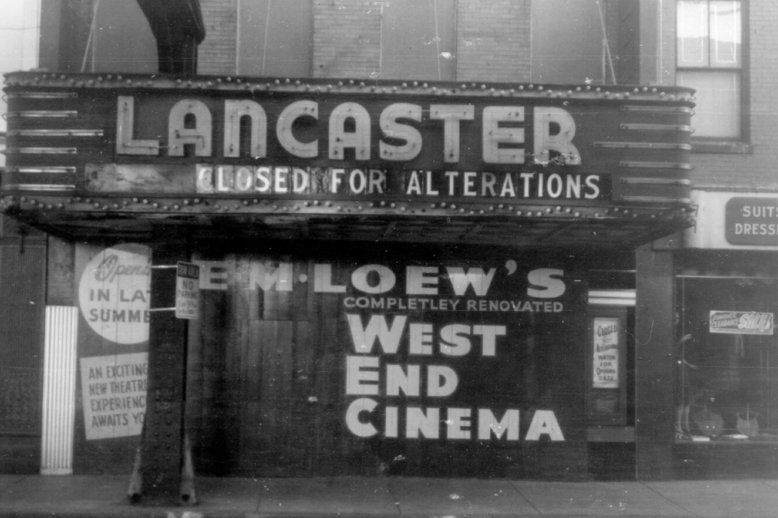Era: Immigrant Neighborhood (~1880-1960)
Immigration, first, second, and third-generation Americans, Settlement Houses, Irish politics, etc.
The settlement movement was an attempt by scholars and social reformers on both sides of the Atlantic to address the problems caused by industrialization, urbanization, and, in America’s case, the mass immigration of the late 19th and early 20th centuries. Settlement Houses were important institutions in Boston’s West End, assisting families with a wide range of educational and social services.
Joseph D. Portanova was the child of Italian immigrants who settled in the West End. He was introduced to art by Eva Whiting White at the Elizabeth Peabody House and went on to become a prolific, nationally known sculptor.
Born into an Orthodox Jewish family, artist Hyman Bloom grew up in the West End attending the Vilna Shul with his father. In adulthood, he veered away from Orthodox Judaism and towards the mystic, esoteric, and occult. Bloom’s art both parallels and is the product of his spiritual journey.
In 1931, Mayor James Michael Curley planned to sell 50,000 square feet of city land, on North Grove Street in the West End, to Massachusetts General Hospital. Because this land was used by the Public Works Department for sanitation in the West End, residents – and city councilor John I. Fitzgerald – strongly opposed the sale. Fitzgerald, associated with West End boss Martin Lomasney, successfully advocated for the proceeds of the sale to be allocated for continued sanitation services in the West End.
Charles Bulfinch and his architecture transformed Boston during the Federalist era. Many of his works, such as the Massachusetts State House, still grace the city today. One of his now lost and lesser known buildings, the Parkman Market, served the West End as a public market, a factory, and an early home of St. Joseph’s congregation. Despite its historic significance, it did not survive Urban Renewal.
Elizabeth Palmer Peabody, educator, publisher, reformer, and namesake of the West End’s Elizabeth Peabody House, was one of the most important figures in Boston’s 19th-century intellectual community. Of all her achievements, perhaps her most impactful was the introduction of English-language kindergartens to the United States.
Like many fellow West Enders of her day, Dorothy Pastore relished an afternoon escape to the Lancaster Theater. There, neighborhood children from diverse backgrounds would join together and enjoy a break from the stresses of school and everyday life. Such experiences reinforced the notion of the West End as an urban village.
Hyman Bloom is remembered as a key figure from the Boston Expressionist movement, praised for his mystical and vibrant paintings. Bloom, in addition to being a visionary artist, offers us a window into Boston’s settlement houses in the 1920s and ‘30s. The West End Community Center, and its artist-teacher Harold Zimmerman, nurtured the creativity of a generation of future artists, from Bloom to Jack Levine.

